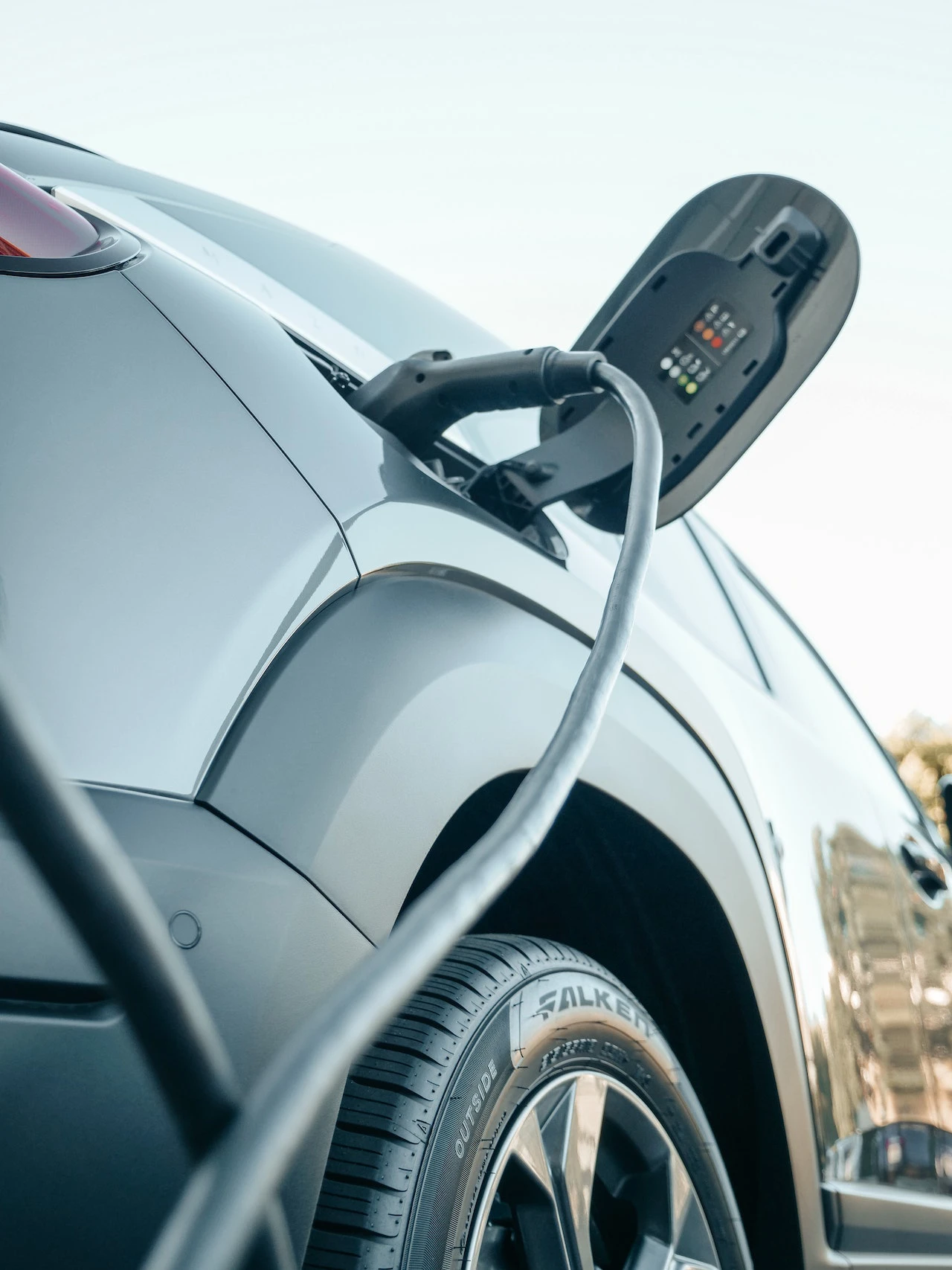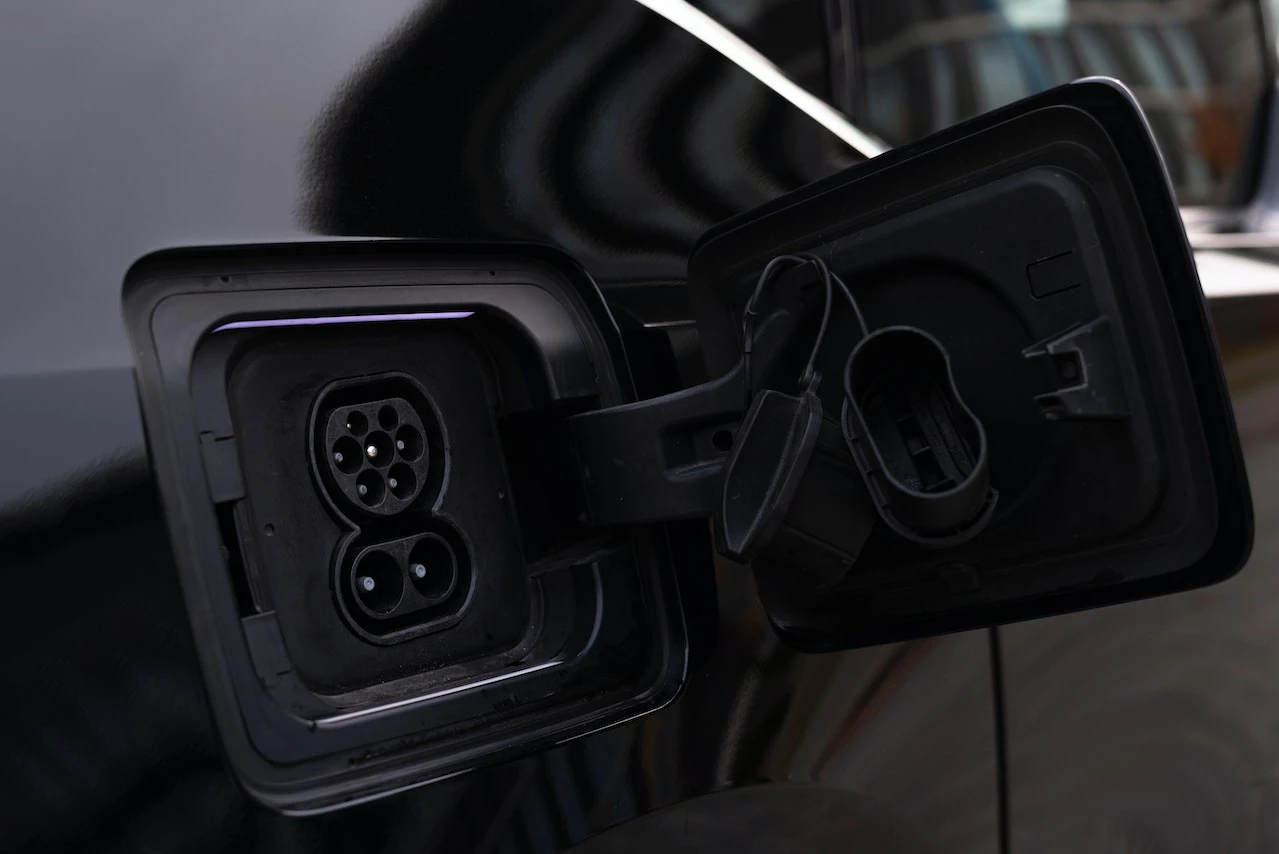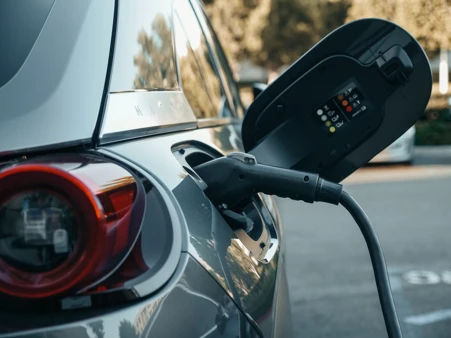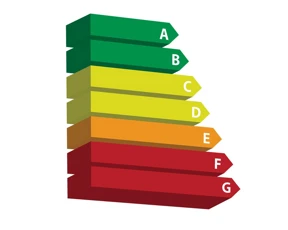With the push towards sustainability and the growing availability of electric cars, understanding the ins and outs of at-home car charging is crucial. In this article, we'll delve into the basics of car charging, shedding light on the key components, benefits, and important considerations.
The basics
At-home car charging, as the name suggests, involves recharging your electric vehicle's battery in the comfort of your own residence. The primary components of an at-home charging setup include the EV itself, a home charging station (also known as Electric Vehicle Supply Equipment or EVSE), and access to a reliable source of electricity.
Electric Vehicle (EV)
The first and most obvious requirement is the electric vehicle itself. Whether you own a fully electric car (BEV) or a plug-in hybrid (PHEV), at-home charging is an option.
Electric Vehicle Supply Equipment (EVSE)
This is the device that facilitates the flow of electricity from your home's power supply to your EV's battery. EVSE units come in various types, with Level 1 and Level 2 being the most common for residential use. With a Level 1 charger, you will typically get four miles of driving from one hour of charge, whereas a Level 2 charging unit will provide 32 miles of driving per hour of charge.1
Power supply
Access to a reliable source of electricity is crucial. Most homes are equipped with the necessary electrical infrastructure, but it's essential to ensure that your circuitry can handle the charging demands of your EV.
Benefits of at-home car charging
Convenience is the most obvious advantage of at-home car charging. You can plug in your EV whenever it's parked at home, ensuring that it's fully charged and ready to go whenever you need it. That’s not the only benefit of at-home car charging, however.
Cost savings: Electricity is generally cheaper than petrol and diesel, and some utility companies offer special EV charging rates or incentives.
Time savings: With Level 2 chargers, you can significantly reduce charging time compared to standard household outlets. This means you spend less time waiting for your car to charge.
Environmental impact: By charging your EV at home, you can ensure your electricity comes from renewable sources, reducing your carbon footprint.

Costs involved
Installation costs
According to Checkatrade2, the average cost of an EV charging unit (with installation) typically costs around £1,000. This depends on the price of labour, and also the model of charging unit you purchase.
You may be eligible for a government discount on this price, however. In April 2022, the British government announced the ‘OZEV (Office of Zero Emission Vehicles) chargepoint grant’3. This grant essentially offers up to a £350 discount on the cost of your EV charging unit purchase and installation.
There are some eligibility requirements for this scheme:
-
Only one chargepoint can be claimed per household
-
It is only available to those with dedicated off-street parking
-
It is only available for OZEV-approved chargepoints and vehicles
Charging costs
Kilowatts, the same unit used to measure electricity in your home, is the unit used to quantify the power utilised by EVs. Battery capacity for electric vehicles generally ranges from 17 kWh (kilowatt hours) up to 100 kWh and beyond. Currently, the typical EV battery capacity ranges from around 50kWh to 80kWh.4
It is difficult to estimate the cost of at-home car charging, due to the variety of factors involved, such as car battery capacity, your energy tariff, and your chargepoint charging speed. For instance, according to Pod Point, the average cost of charging an EV to 100% at home costs around £17 (for a car with a 60kWh battery with a 200 mile range)5. This is based on the average domestic energy rate for the whole of the UK.
If you are interested in learning about ways to reduce your energy bills, check out our explanation article on solar panels here.
Additional considerations
Something that should be considered when looking into at-home EV charging is which connectors and cables your car uses. The workers installing the system will ask about your vehicle to ensure that it’s installed with correct cables and connectors. However, if you plan on using charging stations not at home, it’s good practice to look up the station you are using to ensure you have the correct connectors/cables.
Also, getting insurance with a breakdown cover provider, such as AA or RAC, is of utmost importance. They often carry mobile charging units in their service vehicles, so if the unexpected happens and you break down, they can charge you up to get you to where you need to be.
In conclusion, at-home car charging is a convenient and cost-effective way to power your electric vehicle. Understanding the basic components, benefits, and important considerations will help you make an informed decision and enjoy the many advantages of this green and sustainable mode of transportation. As the EV revolution continues to gain momentum, at-home charging is poised to play an increasingly significant role in our daily lives.

References
1: Evocharge, 2023.
2: Checkatrade, 2023.
3: Gov.uk, 2022.
4: DriveElectric, 2023.
5: Pod Point, 2023.
Important information
Your home may be repossessed if you do not keep up repayments on your mortgage.
There may be a fee for mortgage advice. The actual amount you pay will depend on your circumstances. The fee is up to 1% but a typical fee is 0.3% of the amount borrowed.




